Kazakhstan startup pioneers neighborly social network: transforming lobbies and common areas
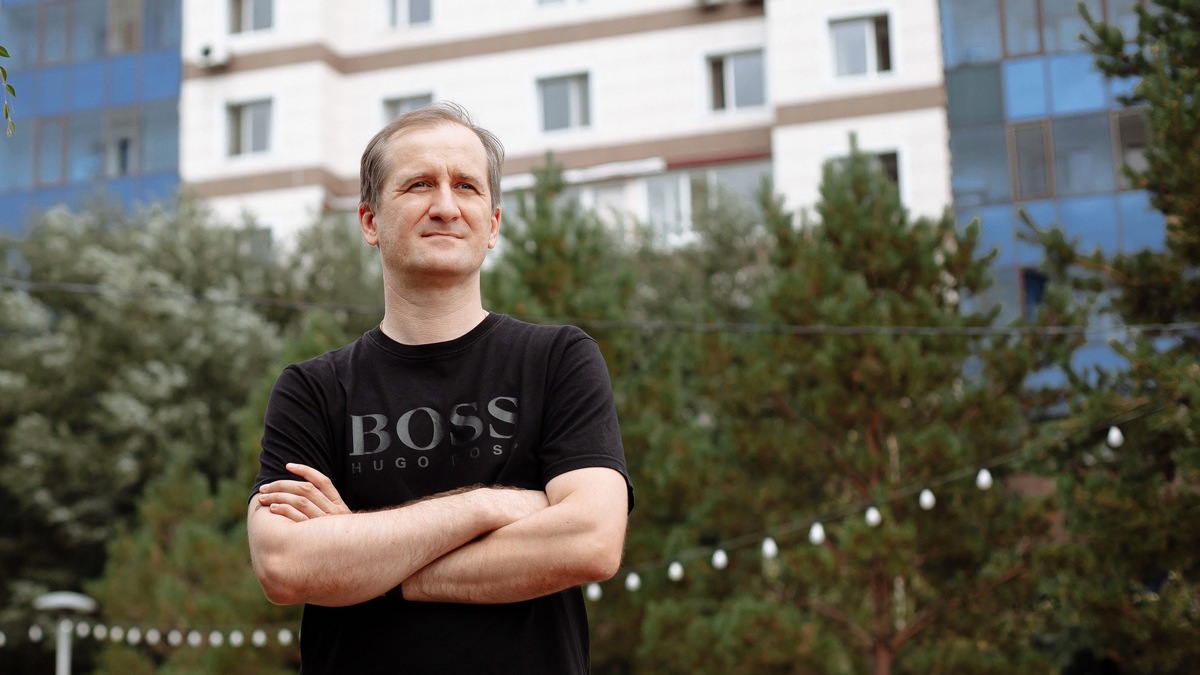
Vitaliy Pustovoitenko, while educated as a mathematician and not IT specialist, has consistently found himself immersed in the IT sphere throughout his real-life experiences. Twelve years ago, alongside his colleague, he formed a team aimed at executing IT projects. The company primarily engaged with governmental and corporate entities, and in the midst of the pandemic they crafted the Ashyq application incorporating QR codes for accessing public establishments.
Today, Vitaliy has embarked on a startup venture, leading the E-knot project, an online service designed to assist residents of apartment blocks in collaboratively overseeing their residential complexes. In an interview with Digital Business, he discussed how E-knot is enabling Kazakhstani residents to revitalize their lobbies, address concerns related to radiophobia, and outlined the potential of the startup in other markets.
«100 Startup Stories of Kazakhstan» is the joint project of Digital Business and Astana Hub. The project showcases the inspiring journeys of Kazakhstani entrepreneurs and Astana Hub participants from various countries who are revolutionizing the tech industry with their innovative products and services. We believe that one of them will eventually rise to the status of a Unicorn company, thereby elevating Kazakhstan's reputation in the global IT market. Through this endeavor, we hope to ignite the spirit of entrepreneurship within readers and encourage them to establish their own daring and creative startups.
The project is available in three languages - Kazakh, Russian, and English, and is absolutely free for our heroes. If you are interested in being a part of this inspiring initiative, feel free to reach out to us at editor@digitalbusiness.kz.
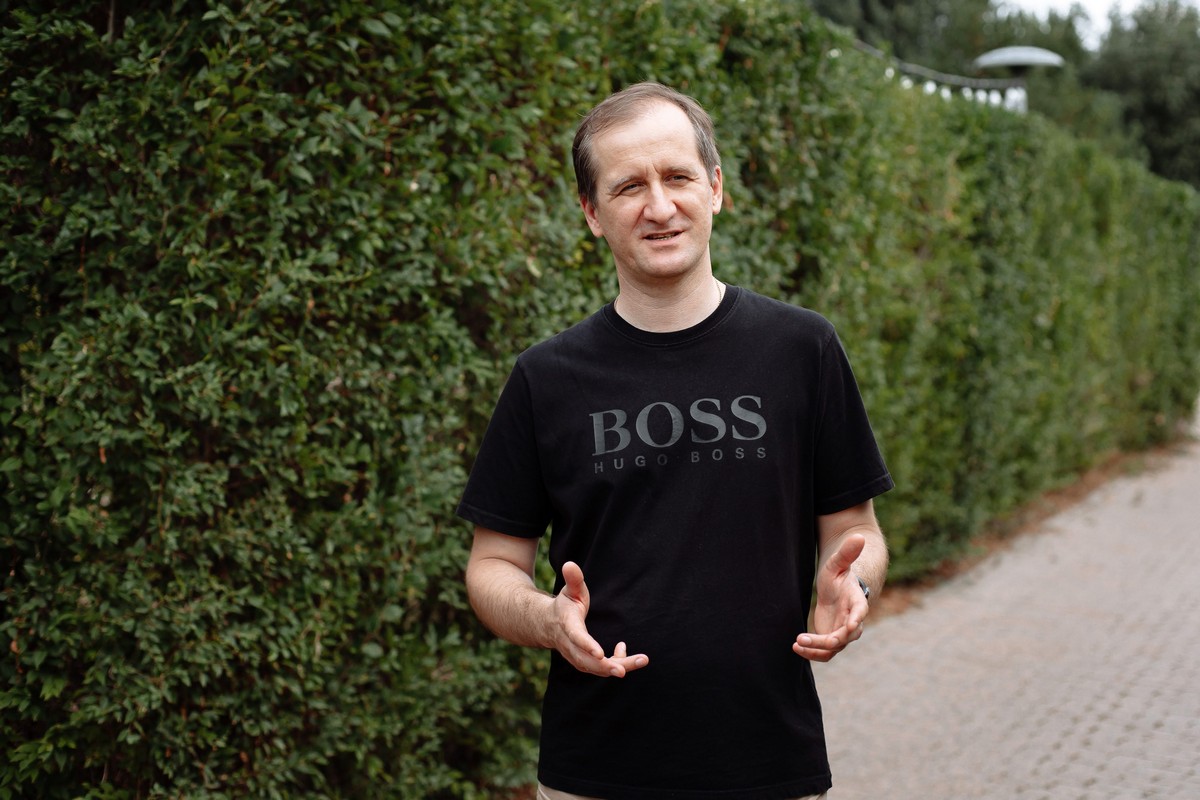
Voting and Plumbers Control
— What inspired the inception of the startup idea?
— In 2012, we developed an automated system for tracking community payments. Our goal was to create meters capable of transmitting data remotely to a centralized hub. This approach would not only facilitate record-keeping but also enable monitoring of citywide consumption and identification of areas with losses. Unfortunately, the project didn't pass the state examination, and I didn't receive the expected compensation. However, the most disheartening aspect was the missed opportunity to apply the housing and public utilities knowledge I had acquired. Since then, I've become deeply intrigued by this field.
A bit later the akimat of Astana held a tender for the launch of the electronic system e-KSK (the electronic system for apartment owners’ cooperatives). When developing this project we treated it as the analogue of the state order, rather than the startup. Our task was to only develop and others could download and use it. But this didn’t happen and now the project is closed. But as a result the E-knot project appeared, because we have already dove into this sphere and understood its problems and the ways to solve them.
While working on E-knot, we initially had a specific concept in mind. However, due to the pandemic-driven transition towards property owners' associations, we had to make slight adjustments to our idea. Our focus shifted towards facilitating online meetings for residents. We incorporated Zoom into the application, aiming to unite people during this challenging period, enabling them to conduct meetings and participate in votings.
Currently, we define ourselves as a social network for neighbors. E-knot facilitates the rapid assembly of residents to address various issues. It serves as a tool for connecting, informing, and making decisions.
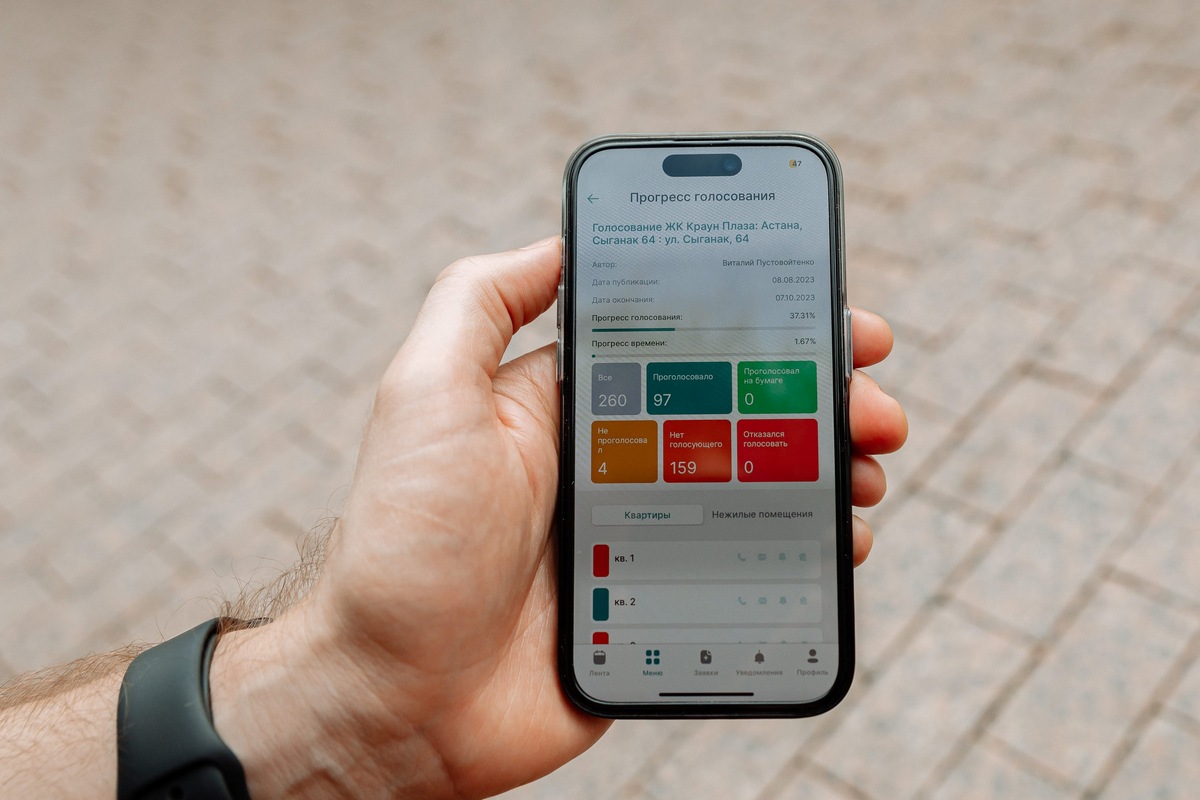
There have been instances where owners, faced with inaction from the management company, took matters into their own hands and within a month or so, began effectively overseeing their shared property. This proactive approach resulted in improved appearances of houses, renovated lobbies, and organized common areas. Maintenance tasks like changing heating unit pipes were also carried out. The application aids in productive discussions on a range of matters, including topics like installing surveillance cameras, repainting lobbies, and placing benches.
Another aspect we address is building management, which encompasses implementing a dispatcher system, order processing, contractor supervision, payment handling, and delivery of household bills, among other tasks. For instance, residents no longer need to message on WhatsApp about water issues in their apartment; instead, they can place a plumber order within the application. A specialist will arrive, resolve the problem, and provide a photo as proof. The apartment owner, acting as the client, then evaluates their satisfaction with the outcome. This same approach applies to scheduled maintenance: the service ensures oversight of hired specialists who visit heating units to check pressure sensors, detect leaks, and manage automation. This proactive approach prevents major breakdowns and safeguards expensive equipment, addressing issues early on.
We continuously introduce fresh functionalities. Currently, we're in the process of testing a feature to enhance the safety of shared outdoor spaces. This involves integrating an automatic barrier with the application, enabling users to conveniently access the entrance by taxi from stores or markets, all managed through the app.
In essence, our efforts are geared towards diminishing human interactions and decreasing the need for additional staff in management companies, including security personnel, concierge services, and dispatchers.

There's no magic button for those who remain idle on the couch
— Who constitutes the target user base for E-knot? Is it individuals who act on their own, or is it property owner associations and management companies?
— Our model is quite intricate, operating as B2B2C. When an apartment block faces local disputes or disagreements, with some residents seeking change, it falls under the B2C category. As soon as these residents unite and establish a legal entity to manage the building, it transforms into B2B, where we serve as a CRM facilitating communication among all residents. Our clients also include management companies aiming to streamline processes, enhance personnel efficiency, and manage orders, which constitutes the B2B aspect.
Ultimately, the primary beneficiaries are those directly or indirectly funding the services — apartment owners. They experience the advantages of either reduced tariffs or the improved appearance and elevated services in their residential complexes.
— So, in the case of my apartment block lacking an owners' association, if I want to establish one, do I simply need to contact your company?
— Indeed, that's correct. You initiate contact with our company and work alongside our manager, who assists you in engaging 10% of the residents to initiate a communal meeting. This meeting can take place either online or, as in the past, in common outdoor areas, parking spaces, or the lobby. Typically, there's a shortage of owners participating in such meetings. As a result, we prepare minutes, and within the application, we commence online voting services, for instance, to establish a property owners' association. Our marketing strategies are designed to rally the owners; we send messages to chats, deliver private messages to each neighbor, and even utilize automated phone calls. In other words, we employ assertive marketing tactics. If the voting is successful, we provide instructions on how to proceed with the necessary legal steps.
— Subsequently, does the property owners' association become your client?
— Indeed, we initially establish an agreement with the individual who initiated the process, and subsequently, we formalize an agreement with the legal entity, which is the owners' association.
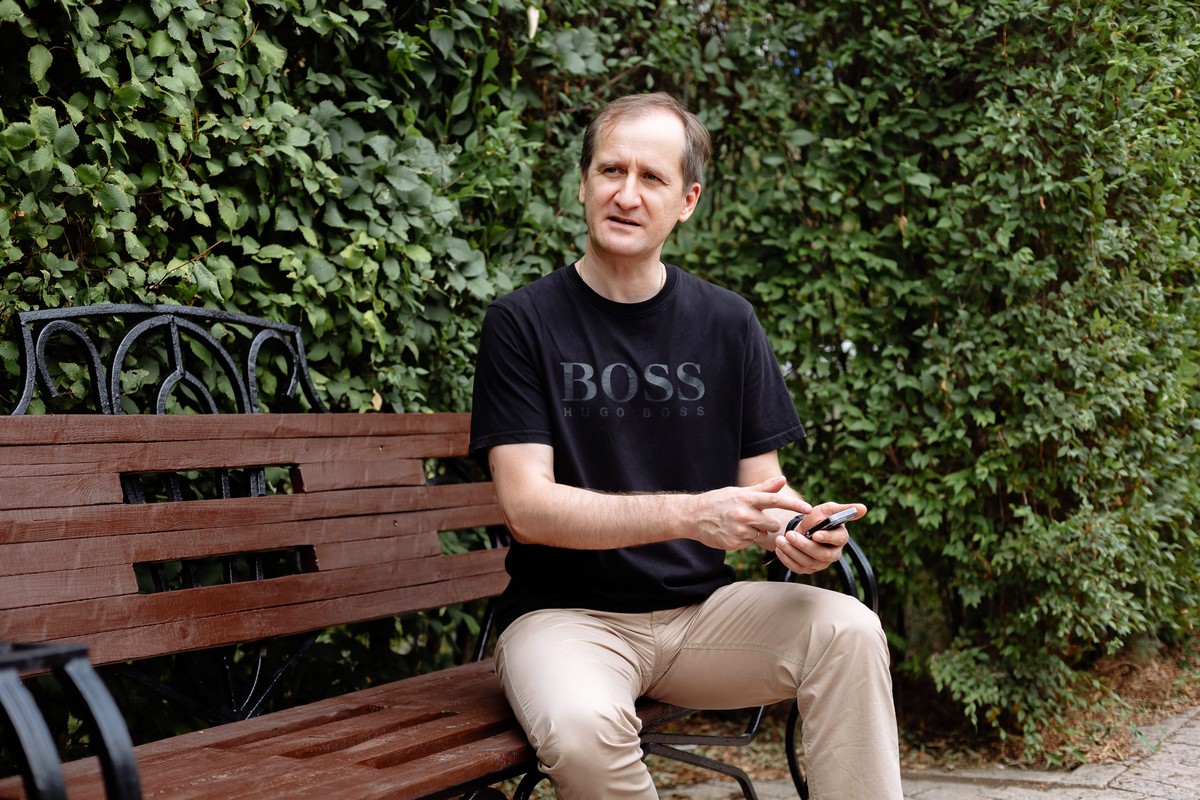
— So, there isn't a magical button; it requires the initiative of one or more residents, correct?
— Absolutely. If someone merely remains passive and criticizes without taking any action, there's not much we can do. However, we can support the leaders who actively address building-related matters and assume responsibility.
When significant issues arise, we often observe complaints pointing fingers at the akimat, but in reality, it's the responsibility of the residents. They may not fully comprehend that purchasing an apartment also means owning a share of the roof, common areas, and lobby, and consequently, they should bear the expenses associated with management and maintenance.
Our people often possess a welfare-oriented mindset when it comes to responsibility. Over time, we've come to realize that uniting residents to tackle shared problems is quite challenging. This issue seems to persist from the Soviet era, I believe, when apartments were provided for free: there remains a mentality that the owners have no direct involvement in the building's affairs or the lobby, and that the akimat will handle everything. Similar tendencies exist with mobile connectivity: many complain about the lack of internet, blaming the minister, when it could be their neighbors who declined to have a cell site installed in the building.
I can confirm that E-knot functions as a sort of democratic nucleus within apartment blocks. However, resident engagement remains quite low. For instance, establishing a property owners' association necessitates the participation of at least 50% of owners, with a majority vote in favor. In practice, a significant portion of owners completely disregard the process, opting to criticize without taking responsibility for decisions. Additionally, around 20% of those who downloaded the application vote as abstained. Interestingly, we've observed a gradual reduction in the percentage of abstained voters, now averaging around 16%.
We can deduce that individuals are gradually learning to make decisions, communicate effectively, and reach agreements, thereby contributing to the principles of democracy. We've encountered instances where neighbors can now select a chairman within just an hour, encompassing tasks like verifying ownership rights, tallying votes, and more. This progress is genuinely inspiring.

— Regarding radiophobia: you mentioned that E-knot can address the concern with mobile internet. How?
— During our work on Ashyq, we encountered anti-vaccination advocates, and we even had legal disputes with them. Anti-vaccinators and radiophobes share some similarities: they are individuals who raise their voices loudly and can potentially sway certain decisions. Not everyone is willing to delve into the details, but often attention is drawn to those who make the loudest noise. For example, if 10 people vocally express an opinion, it might wrongly lead to the assumption that the entire building is against something. However, according to the laws, it only requires two-thirds of the votes to approve the installation of a cell site for mobile connectivity.
We proposed to akimats and communication service providers that they utilize our voting platform at no cost. Essentially, this approach eliminates the need for communication service providers to physically visit every apartment for voting purposes; instead, they can collect votes through our application. If the majority of residents vote in favor, the property owners' association can then finalize the agreement, leading to the installation of the cell site.
Presently, our online voting platform has been employed in two residential complexes where residents are deliberating the installation of communication service provider antennas. We haven't witnessed any other initiatives from the communication service providers themselves. However, homeowners who desire improved internet connectivity in their residences can personally initiate this process.
Seeking $250K investment from a savvy investor
— What is the current size of the team working on the service?
— There's a team of eight members, divided into two groups: one focuses on technical developments, and the other engages with clients. As usual, we're facing a shortage of personnel, and the primary issue is financing.
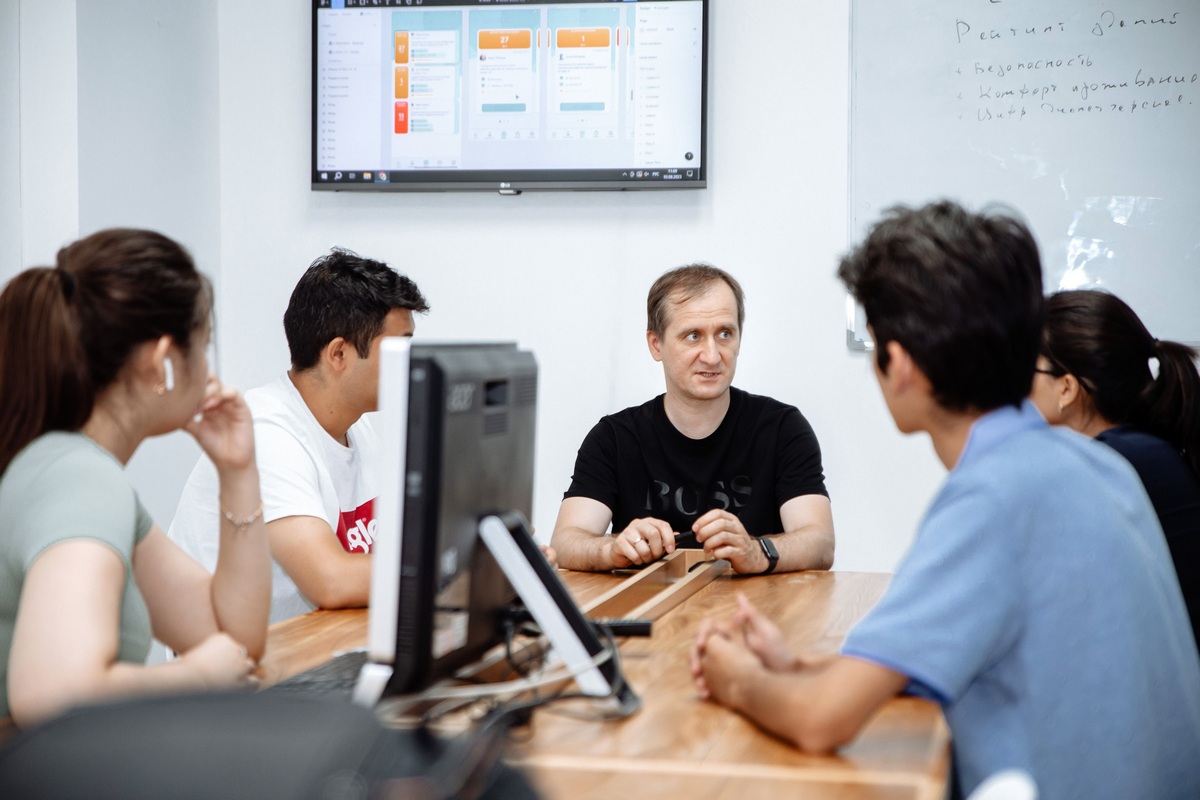
However, this year, we had a successful internship initiative. We brought in students, formed teams, and they developed two products based on our hypotheses, which we're preparing to launch soon. Essentially, it was a two-month hackathon for them, with us as mentors. We've now onboarded these individuals as part of our team, and we're currently in the process of working to align the topics of their university graduation papers with our projects. This way, they can continue working on our initiatives throughout the year and ultimately defend their diplomas based on this collaboration.
— Who covers the costs of E-knot?
— We previously experimented with the free service e-KSK, but we've learned that free solutions aren't appreciated as much. So, for E-knot, we've made the decision that even if we have limited funds, we'll have some from the start. This way, we can offer an improved service to our clients.
Initially, our compensation comes from the initiative group, and later from the property owners' association (or managing company).
— Do these payments adequately cover the costs of the project?
— The project is somewhat profitable. However, we currently lack the necessary funds for scaling. We've successfully secured funds for the product's creation, but we're currently seeking an investor specifically for its development.
— What is the amount of investment required, and what would it be used for?
— Presently, we're in search of a capable and astute investor who can contribute to the $250,000 project. Initially, these funds will be allocated for robust marketing efforts and expansion into residential complexes throughout Kazakhstan. Secondly, the investment will be utilized to enhance our array of new services - we have numerous innovative ideas in this regard. Lastly, a portion of the funds will be dedicated to our international market entry.
Furthermore, we're actively seeking partners, such as insurance companies, medical centers, restaurants, cafes, and delivery services. We possess a well-defined target audience, allowing us to offer supplementary services, as we possess precise knowledge about our consumers' demographics, including their age, location, and more.

— What is the current count of residential cooperatives or individual users involved in the project?
— Our primary presence is in Astana, where we've been collaborating with initiative groups since the inception of housing services and utilities reform. Currently, significant residential complexes from Almaty are actively becoming part of our network.
However, in other regions, the level of engagement is lower. For instance, in older buildings with around 40 residents, our service may not be as necessary, as the close-knit community can handle most issues internally.
Overall, our user base exceeds 60,000 individuals, with over 270 buildings having already utilized our voting service. Additionally, based on our survey data, more than 270 property owners' associations have been officially registered with the Ministry of Justice.
Reasons for not entering the US market right now
— What are the potential prospects in Kazakhstan, as well as in other countries?
— In Kazakhstan, our primary growth expectations lie with large complexes in Astana and Almaty, with consideration for smaller buildings potentially in the pipeline, perhaps within two years.
Regarding other countries, while the Russian Federation was under consideration, we've opted not to pursue it. Instead, we're directing our focus towards Uzbekistan and Kyrgyzstan—our surveys indicate a demand for our services there, and we have a solid understanding of how to operate in those regions. Looking ahead, we have plans to expand to Turkey and Southeast Asia.
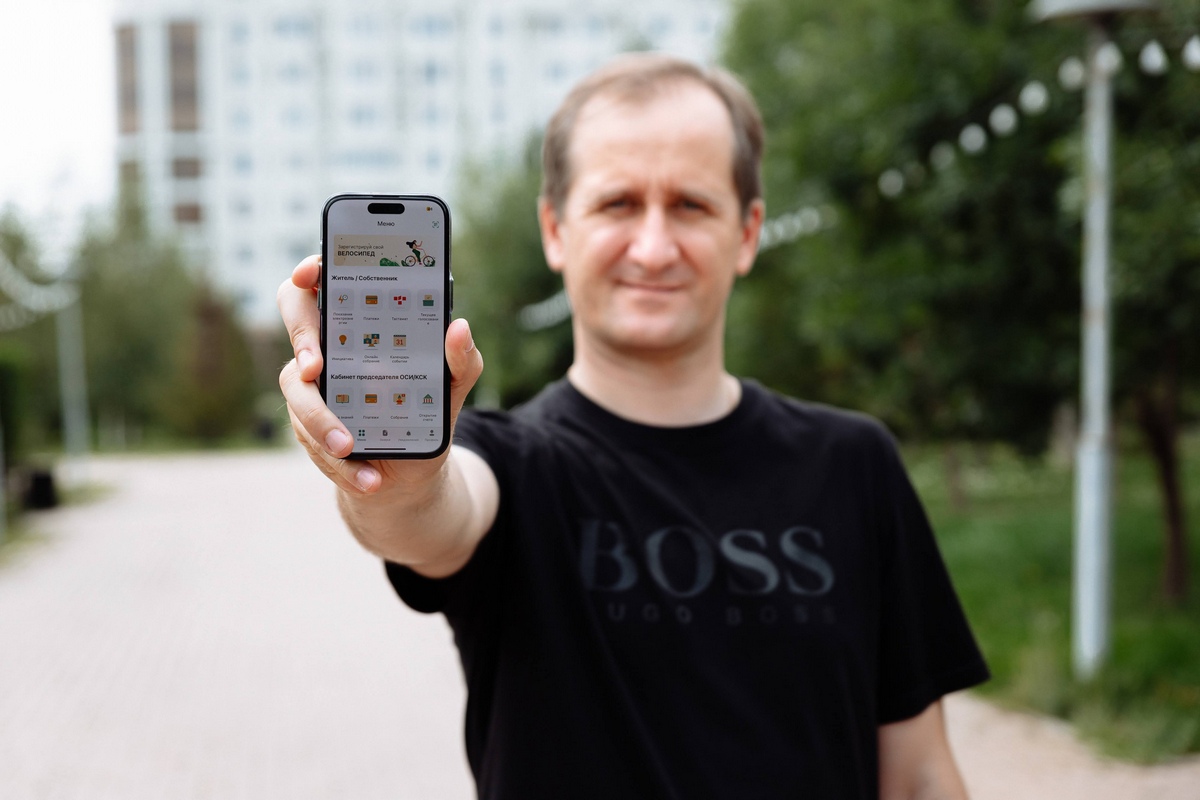
— What potential improvements can be made in Kazakhstan to streamline the advancement of your project? Are there areas such as startup infrastructure or housing services and utilities where changes could facilitate development?
— When it comes to startups, everything is going well. Astana Hub stands out as a top-notch state initiative that fosters the industry and provides valuable support to projects. The key here is to maintain our momentum and keep pushing forward.
On the other hand, with regards to residential relationships, there are challenges stemming from the attitudes of government clerks. Ministries have subsidiary organizations that are also working on digitizing property owners' associations. Unfortunately, these efforts often result in barriers that disrupt private projects like ours. If the interests of specific groups cease to hold sway through lobbying, and if the clerks are genuinely motivated to advance the sector and create favorable conditions, we have the potential to achieve successful digitalization of the housing services and utilities domain. In such a scenario, Kazakhstan could set a positive example for other countries.
— To what extent is it feasible to expand your model to other countries?
— During our participation in the Scalerator program by Astana Hub, we underwent significant improvements that enhanced our capacity to expand into new markets. As a private project, we chose Turkey and began studying the local legislation, despite the noticeable differences. We identified challenges and devised solutions for them. We initiated two pilot projects, but unfortunately, due to an earthquake, we had to temporarily halt all activities there.
Moreover, we identified a unique niche in Turkey, specifically involving buildings where apartment owners are foreigners. Often, in such cases, management companies struggle with fair tariff and service practices. Our E-knot platform has the potential to assist these owners in coming together and managing their buildings from various countries. We've already started working on this solution, and we anticipate revisiting it next year.
— Does the unique nature of each country's specifics make scaling your service a challenging endeavor?
— When it comes to the model of uniting residents and facilitating their voting in compliance with local legislation, selling the application directly from Kazakhstan to Turkey is indeed an almost impossible task. There are legal complexities, language barriers, differences in mentality, and other factors at play. This type of project necessitates the involvement of a local company that operates within that specific area and understands its intricacies.
On the other hand, if we're discussing the automation and digitalization of the operations of management companies (including dispatcher services and employee oversight), we don't foresee significant barriers, aside from the need to adapt the interface and application to the local context.
— Have you considered the possibility of expanding your project to the USA or a similar country where property value is highly recognized? Could it potentially be easier to develop the project there compared to post-Soviet countries?
— Certainly, we can acknowledge the challenges here and think about going to more favorable markets, but there's also a sense of patriotism and recognition that we should establish our presence here first before expanding into other markets.
We've mastered the art of working with the inertia of our people, knowing how to rouse them, and we've begun generating revenue from this approach. The current market in Kazakhstan and neighboring countries provides a stable foundation for the project. Once we've solidified our position here, we can contemplate expansion to countries like the USA.
While Kazakhstan presents its fair share of obstacles, overcoming them will make us stronger and significantly more efficient.



